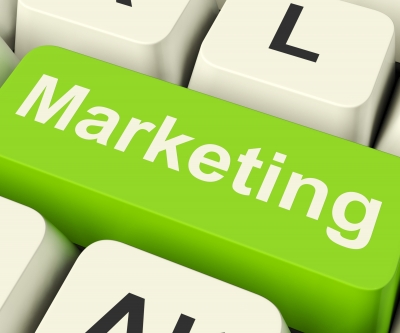
But before your website content can lead to conversions, you need to understand what, for your business, a conversion really is. When customers visit your website, do they know what you want them to do? Do you know? Only after you answer these questions can you drive potential customers toward that conversion.
Define what a conversion is
Customer conversion doesn’t mean the same thing for every business site. For many, the goal is simple: Make a sale. But that might not be how you want to measure conversions. Maybe you want visitors to download a file, offer a referral, fill out a form or something else.
To mold your website into something that gets results, you first need to decide what results you want. What, for your business, counts as a conversion through your website? Once you’ve decided on that, your website—both the cosmetic front that visitors see and its underlying technologies—should be designed around that goal.
Tell visitors why you’re the best choice
Your site should quickly let visitors know that your business solves their problems and does so better than your competition. As succinctly as possible and “above the fold”—that is, without the need to scroll down the page—your home page and landing pages should tell users how you can help.
Farther down the page, your site should identify a specific problem, explain why the visitor should be worried about the problem and then offer more specific information about who you are, what you do and how you can help. But if you don’t spark interest from the beginning, visitors won’t bother to scroll down the page.
Tell visitors what you want them to do
Once site visitors know you have a solution to their problem, what do they do? With your conversion goals in mind, your web design and content should be constructed to tell visitors what their next step is.
This doesn’t necessarily involve a lot of marketing psychology; sometimes, you just have to ask. Whether your goal is to sell a product online or to collect information, it should be obvious to visitors what you want them to do and how they can do it. You have to encourage them to do it and make it as easy as possible. This is the most important part—the ever-present call to action—and every page of your website should repeat it. Whether it’s a large “Buy This!” button or a prominent “Download our latest widget” link, your call to action should be clear and impossible to miss.
How do you make sure visitors see your call to action? Here are a few tips:
- Optimal placement. The best place for your call to action is high on the page in the center column.
- Use active verbs. A button that says “Go” or “Get Started” has no sense of urgency or excitement. “Buy This” or “Learn Now” does a better job of getting visitors excited about taking action.
- Use white space and color. Make your call to action stand out—whether it’s a button, link or just text—by surrounding it with white space and/or using a color that contrasts with the rest of the page.
Your website is only a part of your business. It can serve as a sales funnel, a public relations hub, a marketing channel or even all three. Only after you understand what you want from your website can you properly design it and track how well it’s working.
